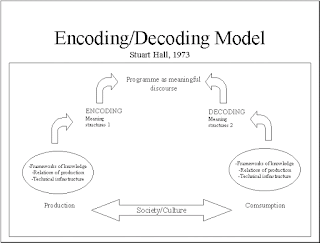Storytelling
In today's session we looked at narratology, and where we find stories. For example from myths and legends, letters, emails to social media and religion and rituals, we all share stories to communicate and to share experiences. Stories are also told to sell, persuade or record and remember events.
Writer, Bryan Alexander said that "For a given audience, a story is a sequence of content, anchored on a problem, which engages that audience with emotion and meaning"
Vladimir Propp's study of the Morphology of the Folk Tale (1917) identified that there is often reoccurring character types within stories and fairy tales. Propps character theory suggests that there is eight different character types, these consist of; The Hero (or Victim), the villian, the donor, the helper, the princess, the dispatcher and the false hero.
Propp also suggested that a narrative follows a specific structure, usually the plot begins with an exposition, then a rising action occurs which leads to the climax of the story and then the falling action which leads to denouement which concludes the story. Pixar most famously utilises this structure.
Once Upon a Time.....
...and everyday....
....until one day.....
....and because of that.....
....and becuase of that....
....until finally.....
The same story can be told in different ways thanks to visual story telling.
Visual storytelling shows images in sequence which provide clarity to the audience and a sense of order. For example, when two images are placed next to each other in sequence, our brain naturally links the two together to generate a link and therefore creates a narrative.
Task
Here we have invented a story of suspense using the Pixar prompt as a stucture. After structuring the story we wanted to create, we began to write a shot list to plan the types of shots we wished to create as preparation for shoot. Once we had the idea of the kind of shots we wanted to create, taking images of these shots was the next step into creating a visual story. We finished the process by sequencing these images, ensuring they told a clear story to the audience.https://docs.google.com/document/d/1odRv_7Doa4-fg3LCqYof-G6mKSwHU70_k6loAuYepDg/edit
https://drive.google.com/drive/folders/1Ay2AcjP6KsFkiQOdqxylkCqnEoCXDWFj



Comments
Post a Comment